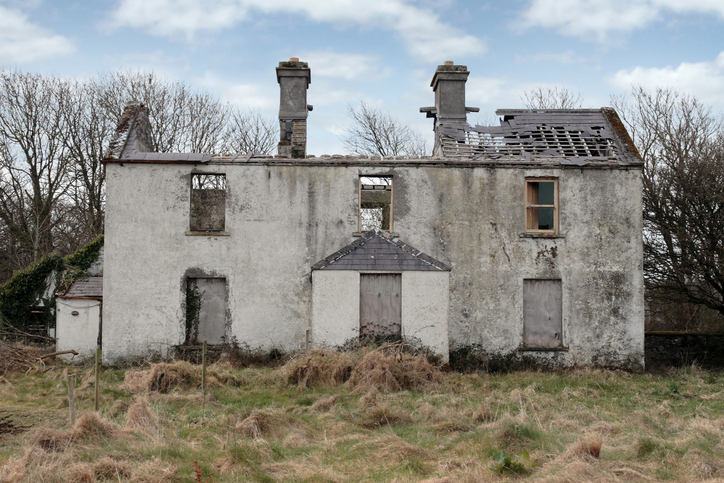SDLT, and when is a house not a dwelling?
Michael Higgin highlights a recent Stamp Duty Land Tax case, where the taxpayer avoided the 3% additional dwelling SDLT surcharge.
Purchasers of second homes have to pay a 3% Stamp Duty Land Tax (SDLT) surcharge, following the previous Chancellor of the Exchequer, George Osborne’s, reforms ostensibly to level the playing field between owner/occupiers and property investors.
In the case of P N Bewley Limited v HMRC, decided by the First Tier Tribunal, the bungalow that was being bought was not suitable for use as a dwelling and so did not attract the 3% surcharge. In this case the bungalow had already had its heating system, pipes and floorboards removed. It was also riddled with asbestos and safe renovation of the existing structure was impossible. The tribunal confirmed that the date upon which suitability for use as a dwelling was to be assessed was at the time of acquisition. The fact that it may have been used as a dwelling in the past, or could be in the future, was irrelevant.
Just because a property is in serious disrepair does not mean that it isn’t a “dwelling”, but in this case it was determined to be a commercial development site, rather than a dwelling, and therefore the “commercial” rather than “residential” rates of SDLT applied and without the 3% surcharge. The case report indicates that the taxpayer had paid the higher “residential” rate of duty and therefore received a refund, which we expect was an unanticipated, but happy bonus.
Recommendations for Buyers
If you are buying a site with a dilapidated house upon it, whether this is your first or second home, you should seriously consider whether the existing building is suitable for residential use. If not, then you can pay “commercial rates” of Stamp Duty rather than residential rates, which will lead to a tax saving.
SDLT is a self-reported tax, so making these assessments is something that you should do with appropriate advice from your lawyers, accountants and/or surveyors.
HMRC can investigate taxpayers for six years, so record keeping is important. If you feel that you may have a house which is incapable of renovation, such that you can rely upon the principles set out in this case, you will be wise to securely keep your building surveys, builders’ report and date-stamped photographs to show the state and condition of the structure so that you have evidence if ever it is required to respond to an investigation. HMRC are increasingly investigating cases on the margins, so the importance of record-keeping cannot be overstated.

